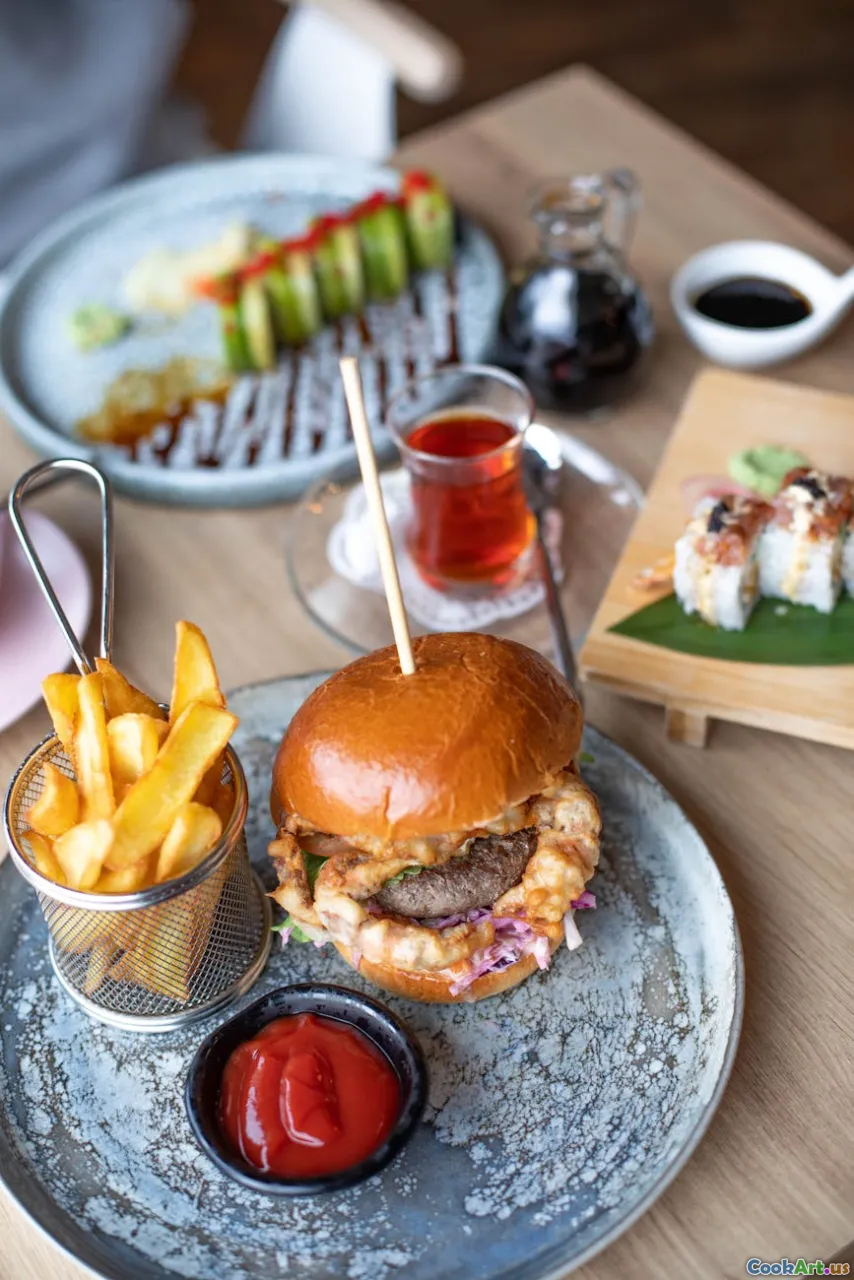Culinary Adventures: Exploring International Cuisine
5 min read Join us on a culinary journey through international cuisines, discovering unique flavors, techniques, and cultural stories behind every dish. April 07, 2025 15:45
Culinary Adventures: Exploring International Cuisine
Introduction
Embark on a vibrant journey through the diverse world of international cuisine. Each plate tells a story, a blend of culture, tradition, and innovation that reflects the heart of its people. From the bustling streets of Bangkok to the cozy kitchens of Tuscany, the flavors of the world invite you to taste, explore, and savor.
The Essence of International Cuisine
International cuisine encompasses a vast array of dishes, ingredients, and cooking methods that vary greatly from region to region. What makes these cuisines unique? It’s the local ingredients, cooking techniques, and the rich cultural history that influence each dish. Understanding these elements helps us appreciate not just the food but the people and traditions behind it.
Local Ingredients
Every region boasts its own signature ingredients that are often tied to the local climate and geography. For instance, the use of cilantroin Mexican dishes is a reflection of the herb’s abundance in that area, whilefennel is a staple in Italian cooking.
Cooking Techniques
Culinary techniques can also vary widely. The Japanese practice of umami—the art of balancing flavors—is a fundamental aspect of their cooking. In contrast, slow-cooking methods in Southern BBQ showcase patience and tradition, allowing flavors to meld and deepen over time.
Regional Highlights
Asian Cuisine
Take a dive into Asian cuisine, where each country presents a fascinating tapestry of flavors. In Thailand, the balance of sweet, sour, salty, and spicy defines dishes like Pad Thai and Tom Yum Goong. Meanwhile, Japanese cuisine emphasizes simplicity and freshness, evident in dishes like sushi and sashimi.
European Cuisine
Traveling through Europe, you’ll encounter hearty dishes like Italian risotto, rich in flavor and history, and the delicate pastries of France, where technique meets artistry. Each region contributes its unique flair, from the robust flavors of Spanish paella to the clean, vibrant tastes of Scandinavian fare.
African Cuisine
In Africa, the diversity is staggering. From the spicy stews of North Africa to the savory dishes of West Africa, each meal is often served with communal joy. Ingredients like sorghumandteff are staples, showcasing the continent’s agricultural richness.
Latin American Cuisine
Latin Americaoffers a colorful array of flavors, with dishes likePeruvian cevicheandBrazilian feijoadareflecting a blend of Indigenous, African, and European influences. The use of ingredients such asquinoaandcorn highlights the region's agricultural heritage.
Culinary Etiquette Across Cultures
Understanding how to enjoy international cuisine goes beyond just the food. Each culture has its own dining etiquette that adds to the overall experience. For instance, in Japan, it is polite to say “Itadakimasu” before a meal, while in Ethiopia, sharing food from a communal plate is a sign of friendship and respect.
Fusion: The Best of Both Worlds
As globalization continues to shape our world, fusion cuisinehas emerged as a popular trend. Dishes likeKorean tacosorsushi burritos blend traditional flavors with innovative concepts, creating exciting new culinary experiences that reflect our interconnectedness.
Conclusion
Exploring international cuisine is more than just tasting food; it’s about connecting with cultures, traditions, and histories. Every dish presents an opportunity to experience the world through its flavors. So, whether you're cooking at home or dining out, let your culinary adventures take you on a journey across borders, discovering the tastes that unite us all.
Call to Action
Next time you sit down for a meal, think about the story behind your food. Venture out to try new cuisines, explore local markets, and perhaps even bring a new recipe into your kitchen. The world of culinary adventures awaits!









